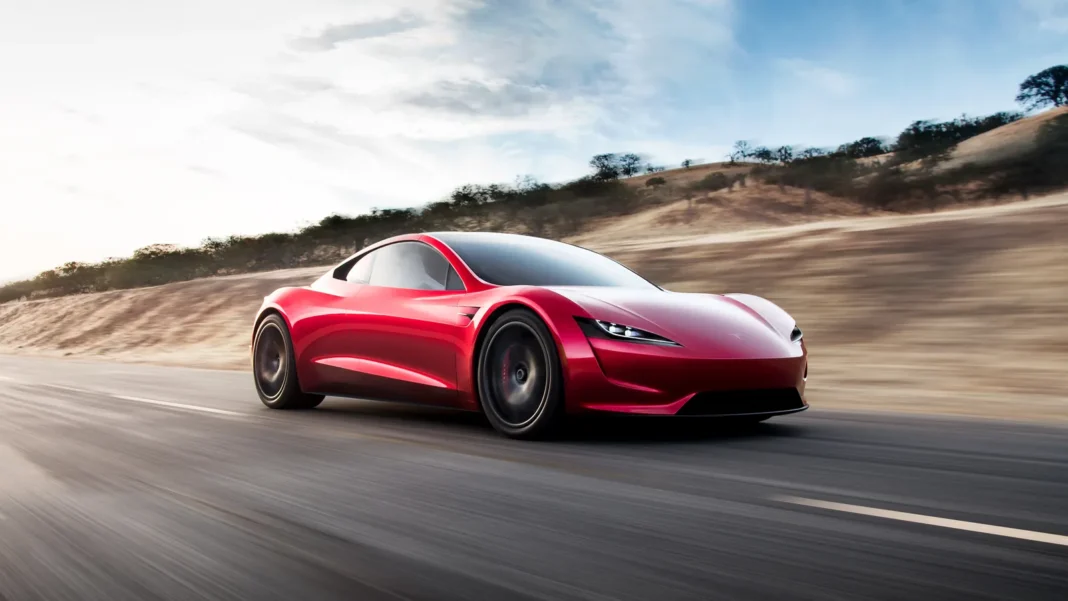Tesla has initiated a directive asking its suppliers to exclude components that are made in China from vehicles manufactured for the U.S. market.
Key points:
- Some Chinese-sourced parts already being replaced with components from other regions.
- The aim is to complete the switch within the next one to two years.
- The move is driven by rising geo-political and trade tensions between the U.S. and China, which create pricing & sourcing risks for Tesla.
Why It Matters
1. Supply-chain risk mitigation
By reducing reliance on China-made parts, Tesla is trying to protect itself from potential future trade or tariff disruptions, export restrictions, or geopolitical shocks.
2. Cost & pricing strategy
Tariffs or anti-China trade measures could inflate inputs from China, complicating Tesla’s cost structure for U.S.-built vehicles. Moving parts sourcing out of China can help stabilise pricing
3. Manufacturing localisation / “on-shore” move
This reflects a broader trend of automakers favouring more domestic or geographically diversified sourcing rather than heavy dependence on China.
4. Competitive & strategic signalling
Tesla is signalling to investors, regulators and the market that it is taking proactive steps around supply-chain resilience. Others in the auto industry may follow.
5. Implications for China operations
While this change affects U.S.-market vehicles, Tesla still has large operations in China (e.g., its Shanghai gigafactory). The move may affect how global parts flows are structured.
6. Cost, complexity & execution risk
Shifting sourcing away from China is neither cheap nor simple. Suppliers, logistics, alternative manufacturing sites all come with cost and lead-time implications.
7. Wider automotive industry impact
This move is part of a broader “de-China” trend in the auto industry. For example, General Motors asked suppliers to gradually exit China sourcing for North American production.
Background & Context
- Tesla uses a global supply chain. While its China factory (Gigafactory Shanghai) produces for Chinese and export markets, the U.S.-built vehicles source numerous components, some from China.
- In recent years, U.S.–China trade relations have shown strong volatility—involving large tariffs, export controls, and restrictions on certain technologies. Automakers view this as a risk to their long term sourcing.
- Reports from mid-2024 showed Tesla had already asked suppliers to avoid both China and Taiwan for certain components for vehicles destined for markets outside China. Business Insider
Key Considerations & Questions
- Scope of parts: Which components will be affected? Are they major subsystems or smaller parts?
- Timeline: How strictly will the “1-2 years” target be followed? What happens if alternatives aren’t ready?
- Supplier impact: Suppliers currently manufacturing in China will need to adapt—relocate, diversify, or lose business.
- Cost implications: Switching sourcing may increase costs in short term; will Tesla absorb this or pass it on to customers?
- China market relations: Will this sourcing shift affect Tesla’s China business (either manufacturing or sales)?
- Regulatory/trade interplay: This move aligns with U.S. policy pressures on China; how will governmental policies respond or influence this?
What to Watch Next
- Announcements or disclosures from Tesla regarding sourcing changes: new suppliers, factories, or investments outside China.
- Supplier behaviour: which tier-1 suppliers announce shifts from China, and where they set up new capacity (India, Southeast Asia, Mexico, U.S., etc.).
- Cost trajectory and margin impact for Tesla’s U.S.-manufactured cars if high-cost sourcing alternatives are used.
- U.S. and China policy developments: new tariffs, export controls, industrial subsidies that may further push automakers to diversify.
- Competitive responses: how other automakers (Ford, GM, Volkswagen) respond or follow suit in their parts sourcing strategies.
Conclusion
Tesla’s decision to ask its suppliers to avoid China-made parts for U.S.-market cars is a significant strategic shift, rooted in supply-chain risk management, geopolitical uncertainty and manufacturing strategy. While pragmatically sensible, executing this plan will be complex, costly, and require careful oversight. How well Tesla and its suppliers manage this transition—and how competitive impacts evolve—will be key to watch in the coming years.


